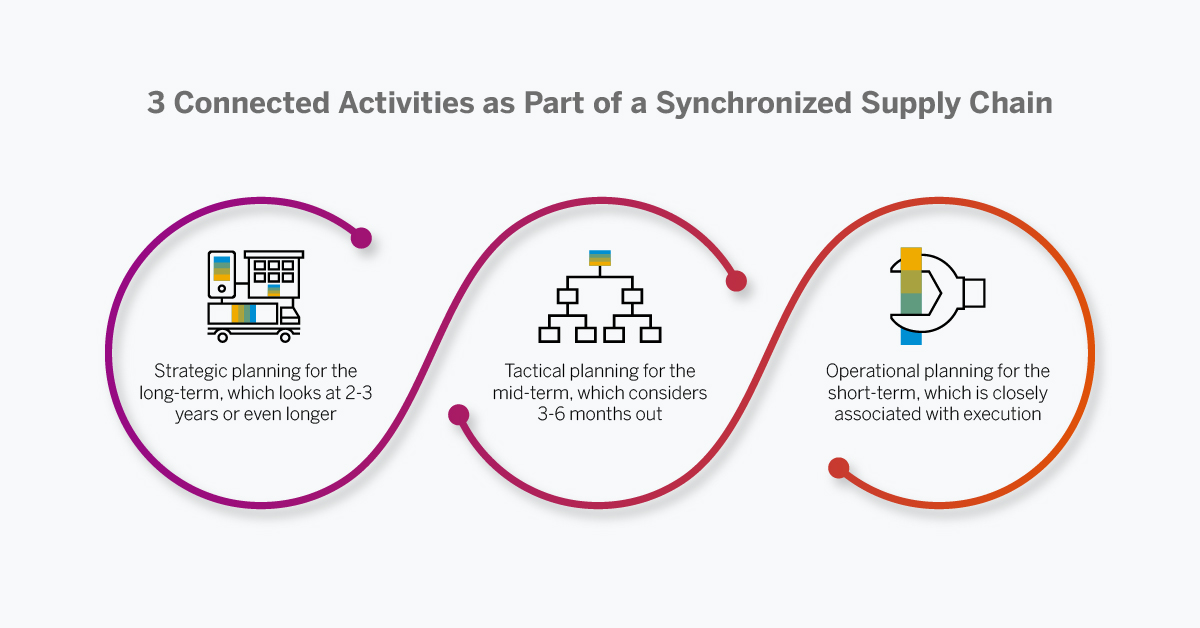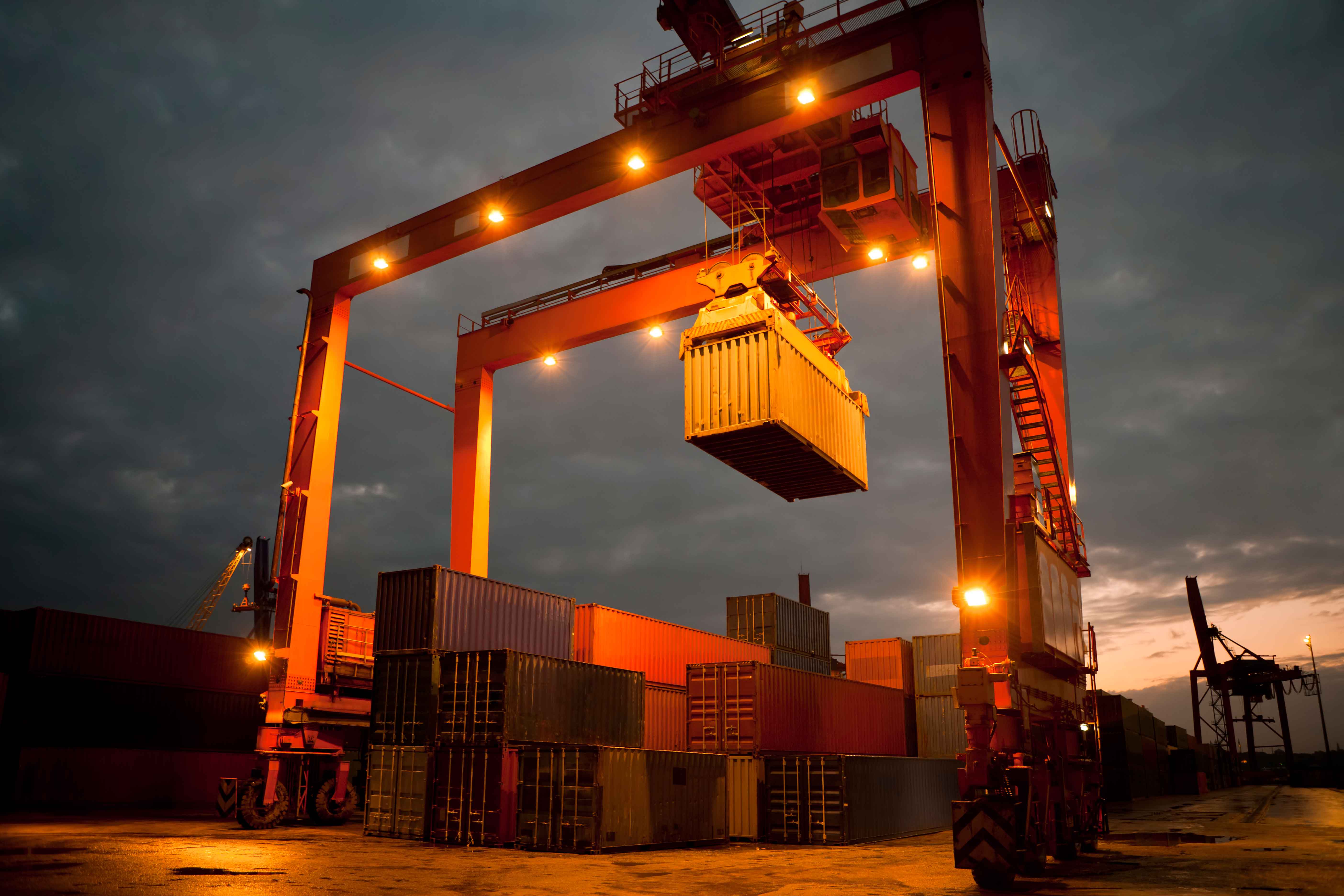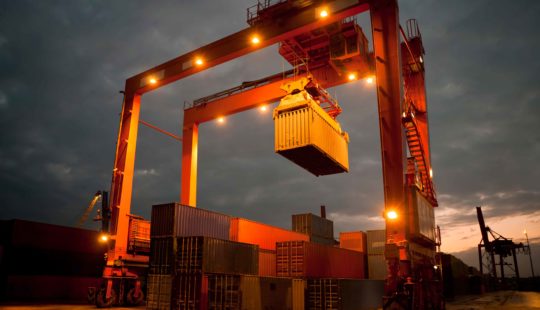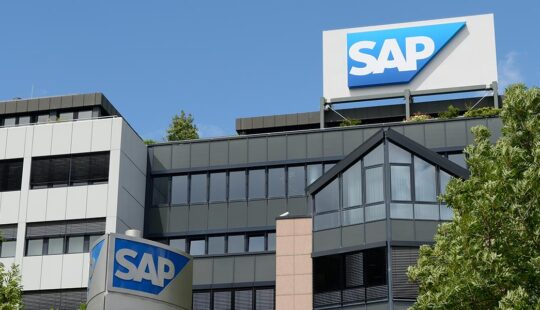COVID-19 has brought into stark relief a reality that perpetually exists: We live in a time of persistent disruptions. Systems of all kinds – political, environmental, economic – are under strain. Change is constant, and it’s increasingly difficult to predict anything even a few weeks out.
For supply chain planners, this situation puts a premium on agility. Not that long-term planning is a thing of the past. It remains foundational – but in addition to it, organizations need more flexible planning processes to anticipate and react faster as circumstances change.
Supply chain planning is the practice of sensing demand in the market from short to long term and connecting it to the resources required to service that demand profitably.
Organizations need the ability to plan across long-term, mid-term, and short-term time horizons – all of which form a connected continuum that synchronizes vertically through the supply chain, down to the machine, truck, or individual labor resource.
Over time, the systems that support supply chain planning have become more powerful and integrated – which has helped broaden the planning scope. Now, for example, you can bring in the finance perspective using massive volumes of data to make better growth and investment decisions within seconds.
Organizations also benefit from advanced analytics. With machine learning, heuristics, and optimization techniques based on statistical methods, you can remove human bias from planning calculations and chart the way forward with a much higher degree of precision and confidence. The upshot is that companies have the tools, systems, and processes in place to keep inventory levels low and optimize costs while delivering a better service experience to their customers.
This, in a nutshell, is the idea behind synchronized planning – and today’s technology has the ability to support what, in the past, could only be accomplished across many different, potentially disconnected systems and processes.
Strategic planning for the long term
Strategic planning attempts to see as far into the future as possible. The lens looks out two or three years or even longer, and teams build plans that serve as a starting point for driving the business.
What are your expectations? How much do you want to sell? What new products do you want to bring to market? What resources do you need to follow through? These are the kinds of questions asked during the strategic planning phase.
Based on the answers to these questions, you can start to take action. Maybe you need some investments to realize your objectives – new plants or new machines. Perhaps you’re planning to introduce new products – which means that design teams need to come together and collaborate with marketing, manufacturing, and critical suppliers. And to make sure that you don’t cannibalize your other offerings, you also want to analyze your decisions at the portfolio level.
Tactical planning for the mid-term
When you’re looking approximately 3-6 months out, that’s when you move into tactical or mid-term planning where you can still balance out demand and supply on a bigger scale. How are your strategic goals and assumptions tracking? Do you need to make changes relative to volumes and timing on an aggregate level or maybe adjust your portfolio? Has the demand picture evolved? Are the distribution channels and manufacturing capacity in place to execute?
Operational planning for the short-term
Operational planning is most closely associated with execution. Have you ordered the materials needed for production? Are they expected arrive at the right time in the right quantity? Do you have enough inventory to buffer for uncertainties? Do you have the needed capacity to execute? What’s your labor picture look like? Can you fill all shifts, or do you need to balance your labor?
Addressing these issues requires on-the-ground production planning and detailed scheduling capabilities that connect to the shop floor and keep production lines humming – all while reducing overhead in change-over and improving utilization. It requires warehouse visibility to pick the right materials and make sure they’re on the line at the right time.
It also requires powerful logistics to ensure transportation resources are available and scheduled to meet the plan. Many organizations, of course, operate on a global scale – with hundreds of production facilities around the globe. This only adds to the complexity and raises the stakes.

The synchronized part
Synchronized planning says that all planning activities need to be connected digitally to support a sense of continuum across each time horizon – long, mid, and short. The strategy formalized in your long-term plan provides the guard rails. Any decisions made in the mid or short term need to be evaluated in terms of how they impact strategic goals.
At the same time, all plans need to connect to execution on individual manufacturing lines. Helpful in this regard are simulation capabilities for evaluating different scenarios and implementing the best decisions. This way, you can plan ahead for changes, making disruptions less of a problem.
Ultimately, as our recent experience with COVID-19 underscores, the goal is resilience. Companies with the systems and technology in place to quickly implement supply chain changes as realities change on the ground – these are the companies that thrive even in the face of disruption.
Get connect with us on Facebook.



